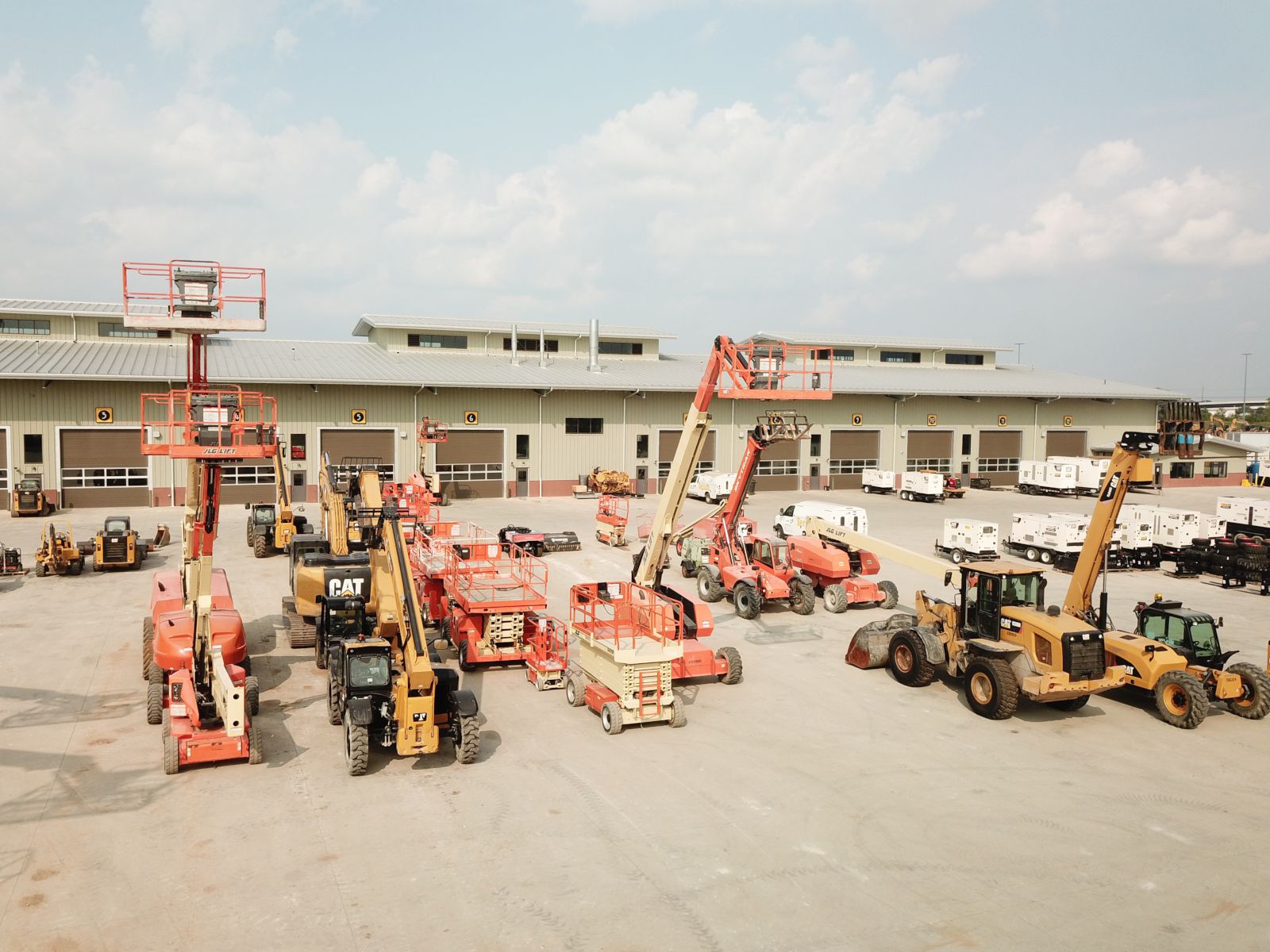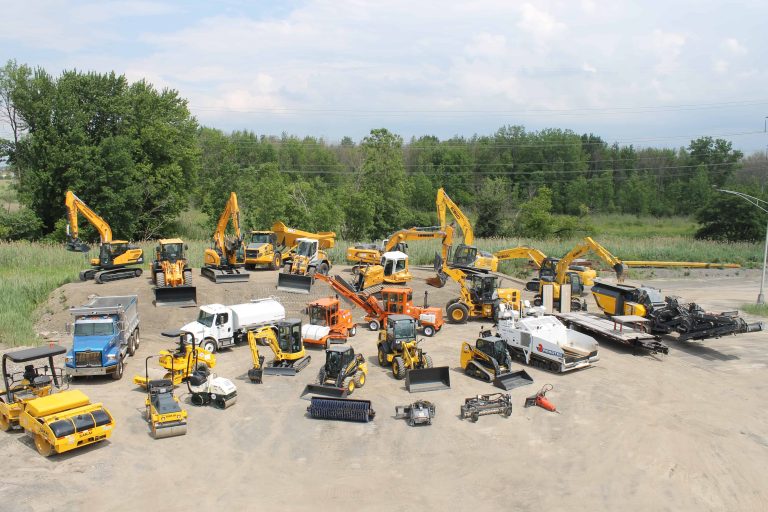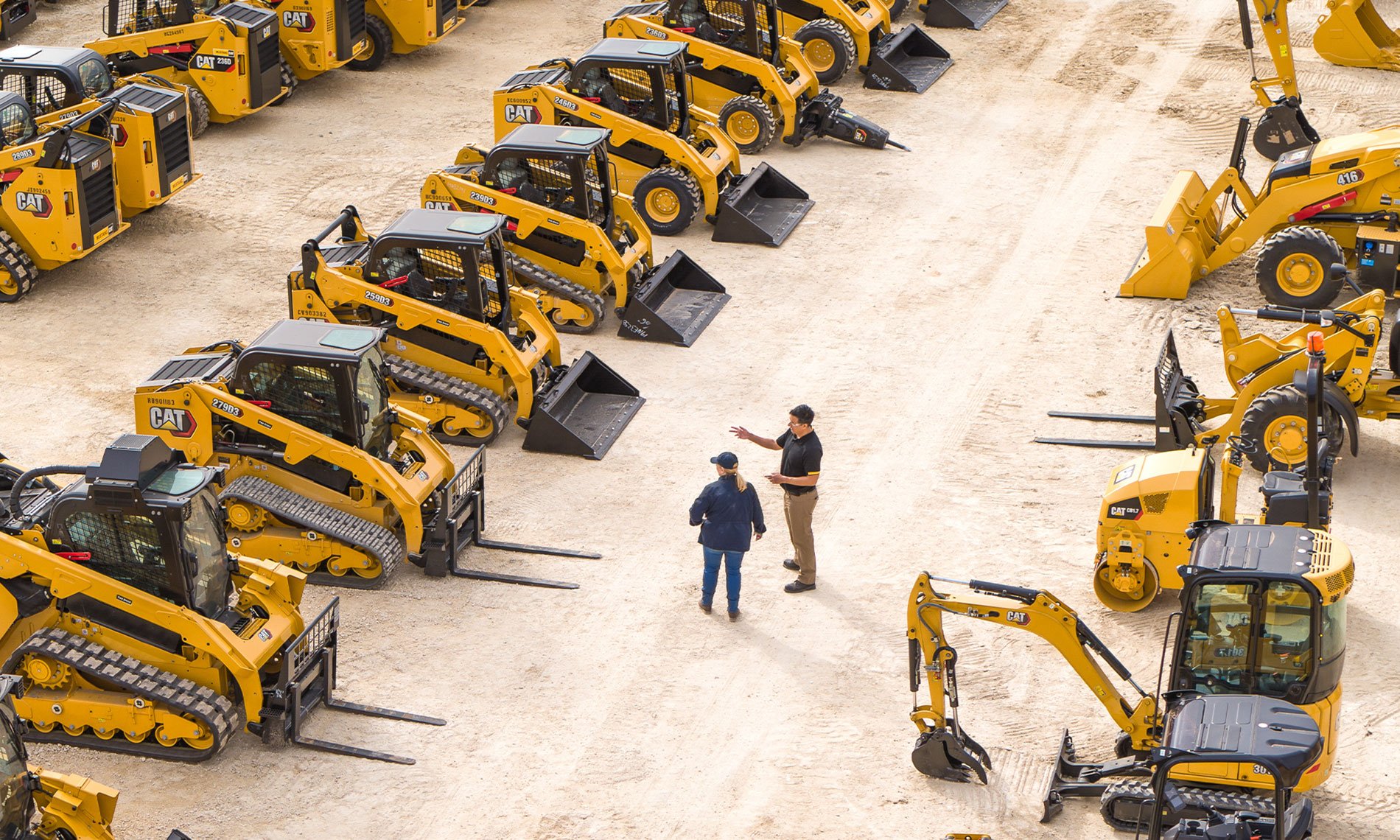Dozer Rental: Powerful Earthmoving Tools for Your Construction Needs
Maximize Your Budget by Comprehending the Expenses Related To Building Equipment Leasings
Comprehending the complete extent of costs connected with construction tools services is vital for maximizing your budget. While the initial rental charge might appear straightforward, countless additional expenses-- such as transport, gas additional charges, and maintenance-- can rapidly gather, affecting your monetary planning. Being conscious of various costs and the intricacies of rental agreements can help prevent unexpected financial worries. What approaches can be used to properly take care of these costs and guarantee an extra efficient rental experience?
Summary of Rental Costs
When taking into consideration construction tools rentals, understanding the linked prices is vital for efficient budgeting and job planning. Rental expenses can vary dramatically based on numerous variables, including devices kind, period of rental, and area. The initial rental cost often reflects the tools's market need and its linked functional capacities, affecting the overall expense.
Along with the base rental rate, ancillary prices may develop, such as transportation charges, fuel surcharges, and upkeep charges. It is vital to represent these extra expenditures to precisely assess the complete cost of renting tools. Moreover, the rental duration can influence pricing; longer services may qualify for affordable rates, while temporary rentals could sustain greater day-to-day charges.

Breakdown of Rental Prices
A comprehensive understanding of rental prices is vital for service providers and job supervisors aiming to enhance their budgets. Rental prices for building and construction tools normally include a number of components, consisting of base rates, time-based costs, and usage fees.
Base prices are the core fees related to the leasing of the tools, commonly figured out by the type and dimension of the machinery. These rates can differ considerably, affected by aspects such as devices demand, schedule, and local market trends. Time-based fees, which may be daily, weekly, or monthly, offer to accommodate various job timelines and rental periods.
In addition, rental prices may consist of use charges, which apply when tools is utilized beyond a defined threshold, ensuring that the rental firm can represent deterioration. Seasonal need changes can likewise influence rental prices, with peak construction periods normally regulating greater rates.
Furthermore, understanding the rental company's policies regarding maintenance and insurance policy can supply more understanding right into the general expense structure. By analyzing these parts, contractors can make enlightened decisions, ensuring the choice of rental tools aligns with both project needs and spending plan restrictions.
Additional Fees to Consider
Recognizing the details of additional costs is critical for service providers to manage their total leasing expenses used tractor with backhoe effectively. Beyond the standard rental prices, different additional costs can dramatically influence the overall expense of tools service. These fees commonly include shipment and pickup fees, which can vary based upon range and logistics entailed in moving the devices to and from the work website.
Additionally, some rental companies might enforce gas surcharges if the tools is returned with much less fuel than when rented out. It is likewise important to know potential cleaning fees, especially for specific equipment that requires comprehensive upkeep after use.

Completely evaluating the rental arrangement and clarifying these added costs in advance can assist professionals prevent unexpected costs and guarantee that spending plans continue to be undamaged throughout the job lifecycle.
Repair And Maintenance Costs
Normal repair and maintenance expenditures are often overlooked factors that can substantially affect the overall price of building and construction tools services. When renting out devices, it is crucial to consider not just the rental fees yet likewise the possible prices related to maintaining the machinery in ideal operating problem.
Numerous rental business include fundamental maintenance as component of the rental arrangement; however, more considerable repair work or unexpected malfunctions can cause added costs. It's vital to examine the rental contract carefully to understand what upkeep solutions are covered and what duties drop on the tenant.
Furthermore, devices that is not well-kept can lead to ineffectiveness on duty website, possibly triggering hold-ups and enhancing project prices. To reduce these risks, it is advisable to conduct regular inspections and preserve open interaction with the rental company regarding any issues that emerge during usage.
Insurance and Liability Prices
Insurance and obligation costs are critical parts that can considerably impact the overall cost of building and construction devices leasings (scissor lift rental). These expenses make sure that both the rental company and the client are safeguarded from possible economic losses arising from accidents, damage, or theft throughout the rental duration

Additionally, clients must understand any deductibles or exemptions in the insurance plan, as these can impact prospective out-of-pocket expenses. Recognizing the terms and problems of any type of insurance policy coverage is important to prevent unexpected expenses. Inevitably, budgeting for insurance and liability view publisher site expenditures can assist make sure a smoother rental experience and protect against economic threats related to building projects.
Final Thought
Finally, a detailed understanding of the costs related to building tools leasings is necessary for efficient spending plan management. By examining rental prices, additional costs, maintenance costs, and insurance coverage companies, individuals and needs can decrease unforeseen expenditures. This strategic method not only enhances cost-effectiveness however also guarantees that jobs proceed efficiently and efficiently. Eventually, notified decision-making concerning equipment leasings adds to the overall success of building undertakings.
Rental costs can vary significantly based on a number of aspects, consisting of tools kind, duration of service, and place (aerial lift rental). The rental period can influence rates; longer leasings might certify for reduced prices, while temporary services might sustain higher day-to-day charges
By conducting detailed study and engaging with respectable rental business, contractors can effectively browse the complexities of rental rates, inevitably maximizing their economic sources.
Past the standard rental prices, various auxiliary fees can dramatically influence the total expense of devices rental. Rental firms typically offer obligation insurance coverage that covers injuries to third events or damages to property, while devices damage insurance coverage can cover the price of repair services or replacement if the rented tools is damaged.